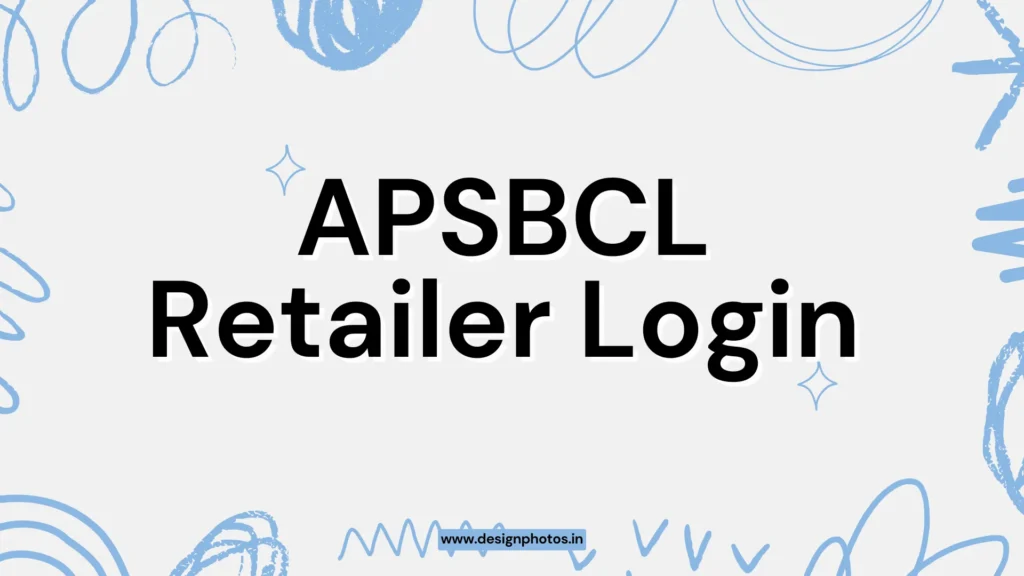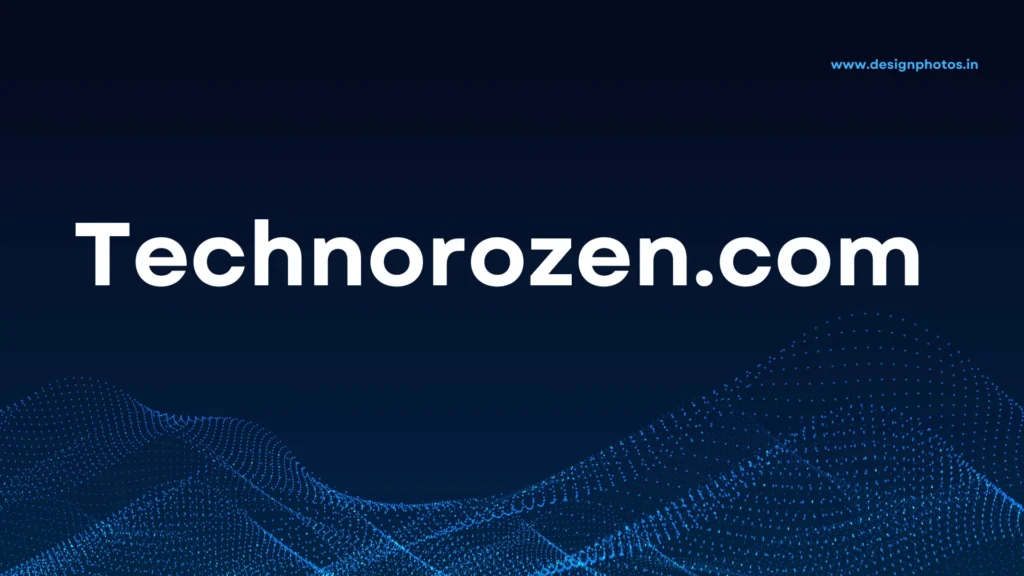Lmsnwkrtc.in is the official Leave Management System for North Western Karnataka Road Transport Corporation, created to make leave applications, approvals, and tracking simple, transparent, and timely. The portal centralizes activities for crew and administrative staff across divisions and depots, reducing paperwork and improving operational efficiency. This comprehensive guide explains how Lmsnwkrtc.in works, who can access it, how to log in, and how to use the key features effectively. It also walks through common issues, policy considerations, and best practices so that leave planning aligns with organizational workflows and service continuity.
What is Lmsnwkrtc.in?
Lmsnwkrtc.in is a role-based, web-accessible platform that standardizes leave management for a distributed workforce. It serves as a single source of truth for leave balances, applications, approvals, and historical records. By moving requests and decisions into a unified system, it replaces ad hoc emails or paper forms with clear, auditable steps that shorten turnaround times and reduce errors. Because it is tailored to NWKRTC’s structure, the portal ensures that requests automatically route to the correct division and depot, keeping accountability local while maintaining organizational oversight.
About NWKRTC and Why the LMS Matters
NWKRTC operates a broad public transport network across North-West Karnataka, coordinating large teams across depots and divisions. In such an environment, planning staffing can be complex without an accurate, up-to-date view of employee availability. Lmsnwkrtc.in directly addresses this problem by giving employees clarity into balances and statuses while providing managers with comprehensive, policy-aligned tools for decisions. The result is fewer service disruptions, more predictable schedules, and a smoother experience for both teams and passengers.
Also Read – Wixnets.com: SEO, Speed, and Growth in One Platform
Who Uses the Lmsnwkrtc.in Portal
Lmsnwkrtc.in supports multiple user roles, each with tailored access and actions. Crew users apply for leave, view their balances, and track the progress of requests in real time. Administrative staff review and act on pending applications in line with configured approval hierarchies. System or division administrators manage configurations, roles, and policy parameters to ensure the portal reflects current rules. This separation of roles ensures that each stakeholder sees exactly what is needed to perform tasks efficiently without compromising data privacy.
Access and Login Options
Access begins at the Lmsnwkrtc.in homepage, which provides distinct login paths based on role. Crew login requires a username and password along with selecting the correct division and depot, a step that ensures a request is routed to the right authority chain. Administrative login opens a view of pending applications and decision tools. In some organizations, a separate administrator login may be provided to manage policies, user roles, and audits. If any login issue occurs, verifying the selected division and depot is often the quickest first check, followed by re-entering credentials carefully before escalating to support.
Core Features for Employees
For employees, the heart of Lmsnwkrtc.in is the leave application and tracking flow. After logging in, employees can submit a request by selecting dates, a leave type if applicable, and a reason, with the option to attach supporting documents. The system validates leave balances and policy constraints before submission, reducing avoidable rejections. The ledger and account views then provide a transparent record of accruals, availed leave, rejections, and remaining balance, helping employees plan time off wisely and avoid overlapping or noncompliant requests.
Core Features for Approvers and Admins
The portal streamlines approvals by aggregating pending requests with contextual data such as balances, overlap indicators, and attached documents. Approvers can check eligibility, confirm alignment with policies, and act in accordance with configured hierarchies. Each action—approval, rejection, or request for clarification—creates a timestamped audit entry, preserving accountability and enabling later reviews. Admins can configure policy rules like minimum balances, encashment caps, or block periods, and can manage division-level settings so that local practices match corporate policy.
Understanding Leave Balances and the Ledger
The leave ledger is the foundation of informed decision-making in Lmsnwkrtc.in. It records every credit, debit, and adjustment, along with reasons and dates, letting employees and managers verify details at any time. Real-time visibility into earned and remaining leave prevents accidental overdrafts and highlights trends, such as frequent short leaves or seasonal spikes. Before applying, checking the ledger helps align requests with available balances and reduces back-and-forth, particularly near block periods or peak demand times.
Step-by-Step: Applying for Leave on Lmsnwkrtc.in
Applying is straightforward. After navigating to Lmsnwkrtc.in and selecting the crew login, the user authenticates and chooses the correct division and depot. Inside the dashboard, the leave application form captures start and end dates, leave type if needed, and a brief reason. Where policy requires documentation, attachments can be added to support the request. After submission, the request enters the configured approval workflow, and the applicant can monitor status in the application history. If changes are needed, the applicant can withdraw or resubmit in line with the organization’s rules.
Step-by-Step: Reviewing and Approving as Admin Staff
Administrative staff sign in via the staff login and open the pending applications queue. Each entry presents dates, balances, and documents to enable timely decisions. Approvers verify compliance with policy, confirm that the ledger supports the requested dates, and consider operational coverage before deciding. They may approve, reject, or request additional information, adding notes for clarity. Every action is logged automatically, creating a reliable audit trail and promoting consistent, fair outcomes.
Policy and Configuration Essentials
A leave management system is only as effective as its policy configuration. Lmsnwkrtc.in can reflect rules around eligibility, leave types, block periods, and documentation, ensuring decisions are consistent across the organization. Parameters such as minimum earned leave for encashment, maximum encashable days, or encashment frequency can be codified, preventing case-by-case ambiguity. System administrators should periodically review these settings to account for updated circulars or policy changes, keeping the portal aligned with current practice.
Troubleshooting Common Issues
When login fails, start by confirming that the correct division and depot are selected and that the username and password are entered accurately. Clearing the session and logging in again may resolve role or timeout issues. If an application appears stuck, it may be awaiting a particular approver in the hierarchy; checking the current stage and ensuring all required documents are attached can move it forward. For rejections tied to policy conflicts or insufficient balances, reviewing the ledger and adjusting dates or leave type usually resolves the problem.
Security, Privacy, and Compliance
Lmsnwkrtc.in promotes secure, role-based access, ensuring employees, approvers, and admins see only the information relevant to their responsibilities. Credentials should never be shared, and sessions should be ended after use on shared or public devices. Where available, privacy and masking options restrict visibility into sensitive fields while still permitting verification of key details. Regular reviews of user roles and access rights reduce the risk of unauthorized actions and strengthen compliance with organizational standards.
Best Practices for Smooth Operations
Good habits lead to fewer delays. Checking the ledger before applying helps align requests with available balances, reducing avoidable rejections. Submitting well ahead of planned time off provides buffer for multi-level approvals and prevents last-minute staffing challenges. Keeping personal and contact details current ensures approvers can quickly request clarifications, leading to faster resolutions. Finally, reading policy notes on Lmsnwkrtc.in before applying helps avoid conflicts with block periods or eligibility rules.
Role of Divisions and Depots in Workflow
Divisions and depots are integral to how leave is administered at scale, which is why Lmsnwkrtc.in requires users to select them at login. This design routes applications to the local unit’s authority chain, preserving accountability and local knowledge while maintaining centralized records. It also supports operational planning, as local managers can better anticipate coverage needs and balance requests during peak periods, minimizing impacts on services.
Governance and Continuous Improvement
Sustained effectiveness depends on governance. Administrators should schedule periodic audits of approval hierarchies, user roles, and policy parameters to ensure the system mirrors the organization as it evolves. Usage reports can reveal bottlenecks, such as frequent delays at a specific approval stage or recurring documentation errors, guiding targeted improvements. Training refreshers—brief, role-specific guidance—can lift compliance and reduce support tickets, especially after policy updates or interface changes.
Integrating Lmsnwkrtc.in with Daily Operations
For a transport organization, leave management must fit seamlessly alongside duty rosters and service commitments. Using Lmsnwkrtc.in proactively helps managers plan coverage and avoid ad hoc schedule changes. Transparent status tracking reduces reliance on informal communications, consolidating decisions and comments within the portal. Over time, consistent usage builds a reliable historical dataset that informs staffing strategies, seasonal planning, and policy adjustments.
Also Read – Studykarado.com: Full Guide & What to Expect
Advanced Tips for Employees and Approvers
Employees can improve success rates by reviewing balances and recent application history before submitting, ensuring the selected dates do not overlap with prior requests. When documentation is needed, scan or upload clear, legible files to avoid clarification loops. Approvers can use notes to explain decisions, which helps employees self-correct in future requests. Where the system allows, configuring notification preferences ensures no one misses a pending action, especially during high-volume periods.
When to Seek Support
If repeated login failures persist after checking division, depot, and credentials, or if an application does not progress despite meeting policy and documentation requirements, contacting designated support at the division or administrative level is appropriate. Provide relevant details such as employee ID, division, depot, application ID, and timestamps so that support can investigate quickly. Documenting steps already taken can shorten resolution time and reduce back-and-forth communications.
Future Directions and User Feedback
Systems like Lmsnwkrtc.in evolve with policy, technology, and user needs. Input from crew and administrative teams helps identify usability enhancements, such as clearer status messages or streamlined document uploads. Periodic reviews of analytics can guide improvements to approval hierarchies or communication templates. By embracing a feedback loop, the portal remains responsive, enabling smoother leave cycles and better alignment with operational realities.
Conclusion
Lmsnwkrtc.in centralizes leave processes for NWKRTC, offering a secure, role-based platform that balances employee convenience with operational rigor. When employees check balances, follow policy guidance, and submit requests early, approvals move faster and scheduling remains predictable. When administrative staff maintain clear hierarchies, provide concise feedback, and keep configurations current, the organization benefits from fair, consistent decisions. Used thoughtfully, Lmsnwkrtc.in becomes more than a portal, it becomes essential infrastructure for reliable service delivery and a better employee experience.
FAQs
What is Lmsnwkrtc.in?
Lmsnwkrtc.in is the official Leave Management System for the North Western Karnataka Road Transport Corporation, providing a centralized portal for applying, approving, and tracking employee leave across divisions and depots. It streamlines workflows for crew and administrative staff with role-based access and an auditable record of applications and decisions.
How do employees log in to Lmsnwkrtc.in?
Employees use the crew login with their credentials and must select the correct division and depot before signing in. If login fails, recheck division/depot selection and credentials, then try a clean login session; for persistent issues, contact the designated division support team.
How can an employee apply for leave on Lmsnwkrtc.in?
After logging in, navigate to the leave application section, enter start and end dates, choose the leave type if applicable, add a brief reason, and upload required documents. Submit the request and track status in the application history and leave ledger; if returned for clarification, update the details and resubmit.
What should be checked if a leave request is delayed or rejected on Lmsnwkrtc.in?
Verify available leave balance in the ledger, ensure there are no block period conflicts, and confirm that all required documents are attached and readable. If the request is awaiting action, identify the current approval stage; if rejected, review the remarks, adjust dates or leave type as needed, and submit a corrected application.



